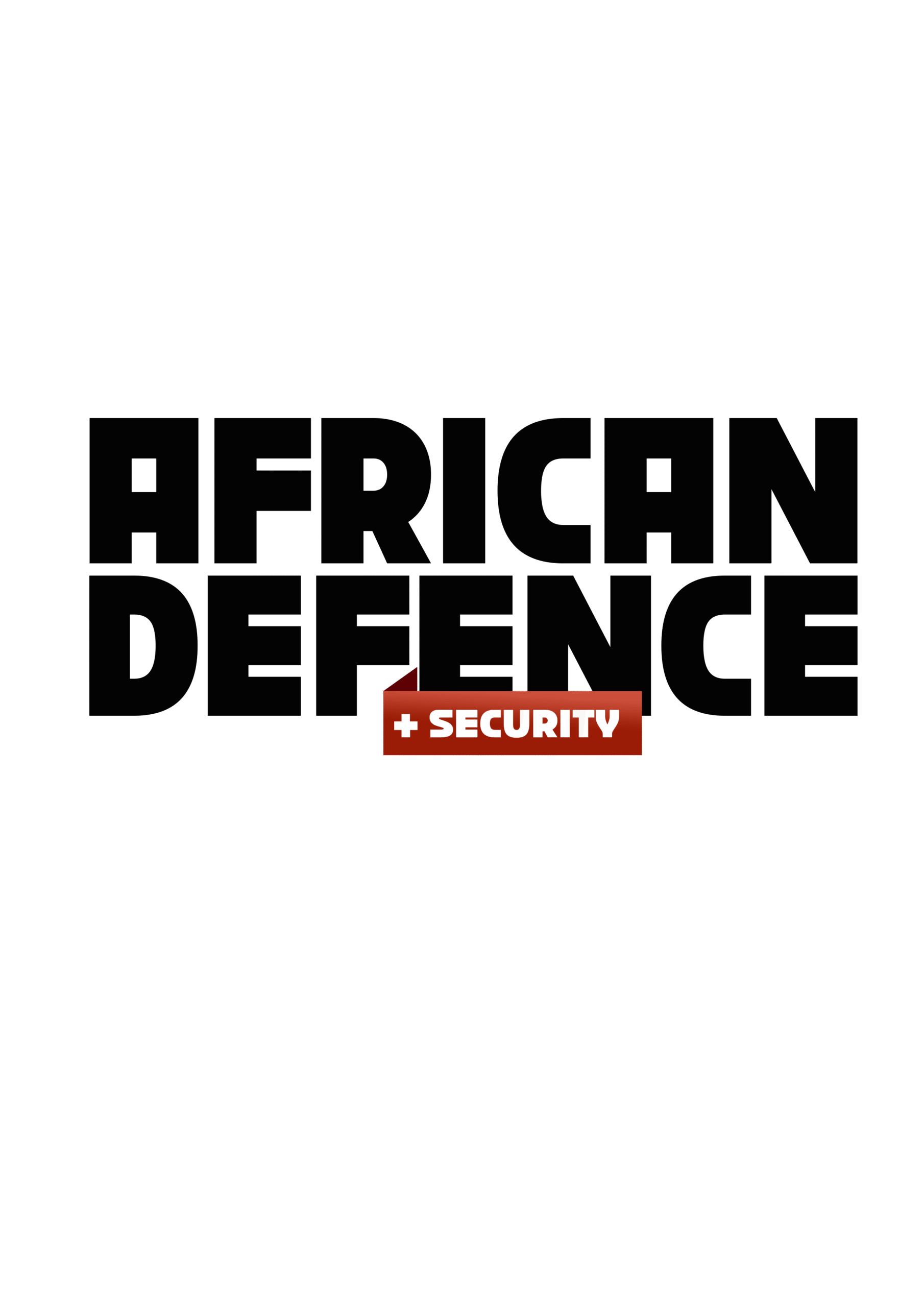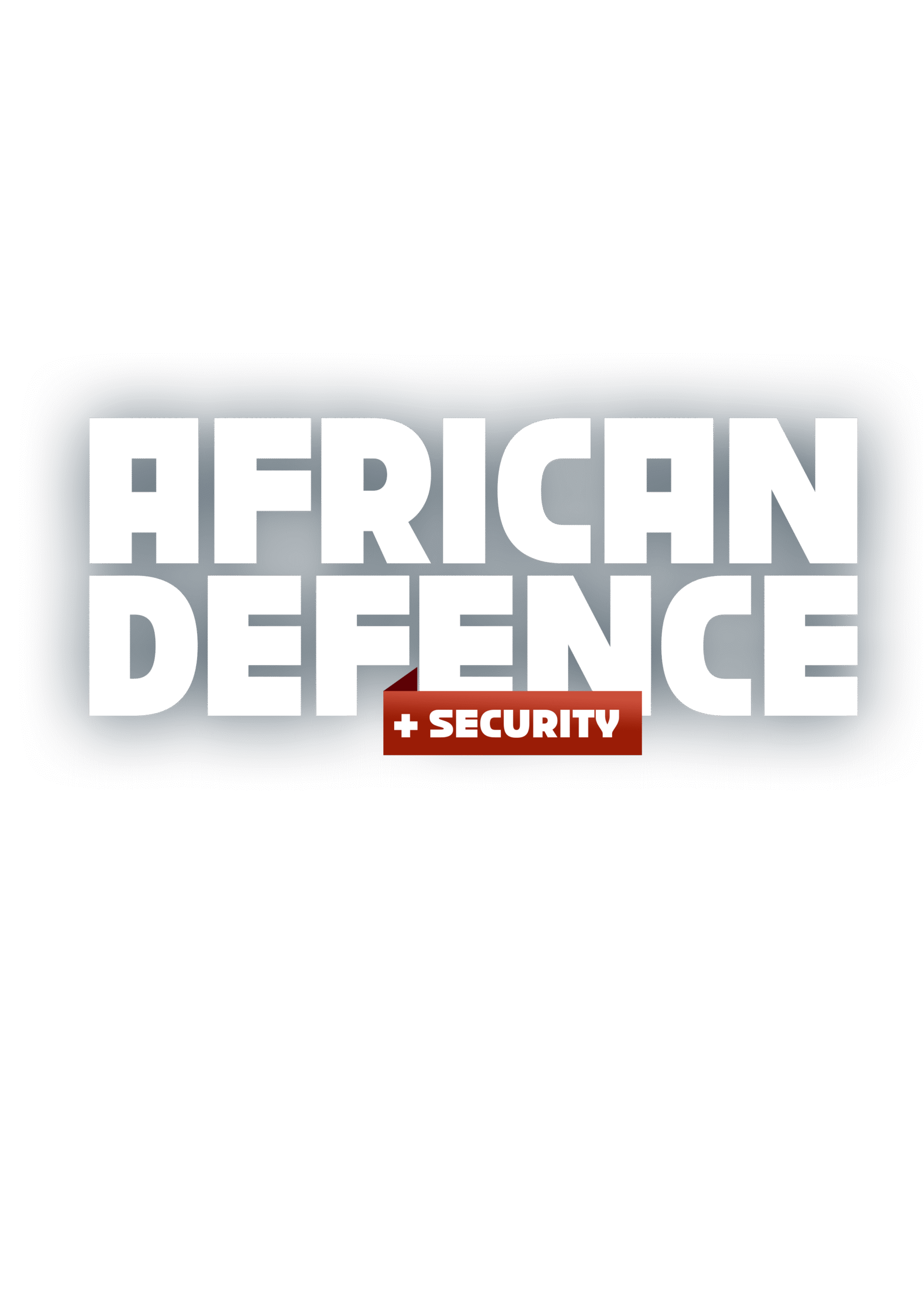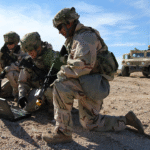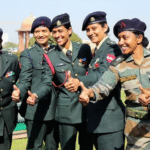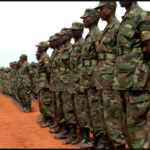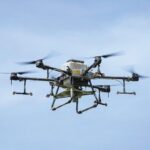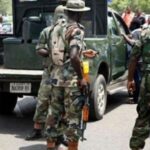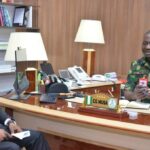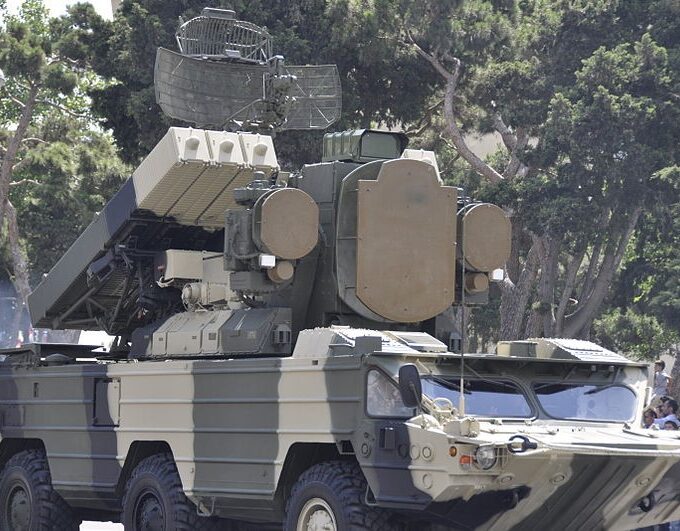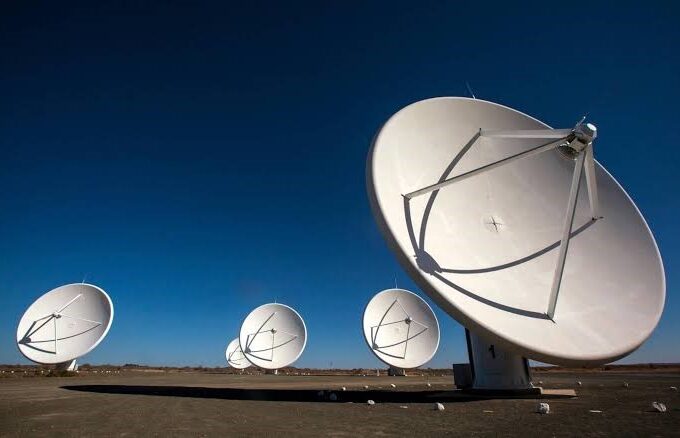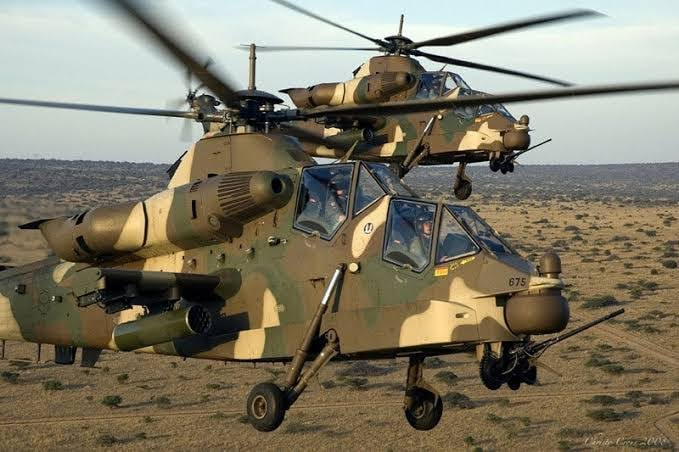Air Force Modernisation in Africa: Fleet Upgrades and Emerging Capabilities
While challenges remain—limited defence budgets, maintenance gaps, and heavy foreign dependence—Africa’s air forces are gaining new teeth.
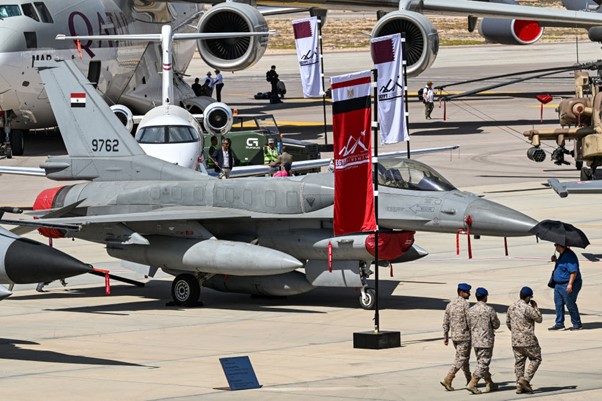
Amid rising regional instability, insurgent threats, and great-power competition, African air forces are undergoing a quiet but determined transformation. The modernisation of aerial fleets—from ageing Cold War-era platforms to contemporary multi-role fighters, transport aircraft, and surveillance drones—is reshaping defence strategies across the continent. Whether it is Nigeria acquiring precision-strike aircraft, Egypt deepening its fifth-generation fighter capabilities, or Kenya boosting ISR (Intelligence, Surveillance, Reconnaissance) coverage, air power is becoming central to how African militaries secure their skies and borders.
While challenges remain—limited defence budgets, maintenance gaps, and heavy foreign dependence—Africa’s air forces are gaining new teeth. This article reviews key modernisation efforts across selected nations, analyses the drivers of fleet renewal, and highlights how emerging capabilities are changing the continent’s strategic landscape.
Why Modernise?
African air forces today face an increasingly diverse threat matrix:
• Transnational terrorism and insurgency demand fast, flexible, precision strike options.
• Piracy, smuggling, and border infiltration call for enhanced maritime patrol and ISR capacity.
• Rising regional tensions and arms competition (e.g., Ethiopia-Eritrea, Morocco-Algeria) necessitate air deterrence.
• Humanitarian and peacekeeping missions require reliable airlift, medevac, and supply chains.
• Climate emergencies (floods, wildfires, droughts) and internal displacement call for aerial support and reconnaissance.
According to the Stockholm International Peace Research Institute (SIPRI), Africa’s military air expenditure rose by 18% between 2020 and 2023, with over $3.6 billion spent on air force modernisation in 2023 alone.
Nigeria: Tactical Dominance in Asymmetric Warfare
Nigeria has restructured its air force to support a joint force approach in counterinsurgency and counter-banditry operations.
Key Acquisitions:
• A-29 Super Tucano (12 units acquired from the U.S. in 2021) – Equipped for close air support, ISR, and precision-guided munitions. These aircraft have conducted over 2,000 sorties since 2022 against Boko Haram and ISWAP targets.
• Mi-171E and Mi-35M helicopters (Russia) – For troop insertion, medevac, and armed reconnaissance.
• CH-3A and CH-4 UCAVs (China) – Used in joint operations with ground troops, particularly in the North-East.
Infrastructure & Doctrine:
• Nigeria has built two new Forward Operating Bases (FOBs) and a Combat Reconnaissance Group (CRG) to enable rapid deployment.
• A renewed focus on pilot training and UAV integration underpins the NAF’s future combat strategy.
Egypt: Strategic Reach and Fifth-Gen Aspirations
Egypt maintains the largest and most capable air force in Africa, with over 1,000 aircraft and decades of combat experience.
Recent Upgrades:
• Rafale Fighter Jets (France) – Egypt now operates 54 Rafales, with multi-role capability for deep strike, air superiority, and reconnaissance.
• MiG-29M2 and Su-35S (Russia) – Added to diversify its fleet and hedge against Western export restrictions.
• Upgraded F-16C/Ds (U.S.) – Focused on precision munitions and SEAD (Suppression of Enemy Air Defences).
Strategic Role:
• Egypt’s Air Force is central to regional power projection, particularly over Sinai, Libya, and the Red Sea.
• Airbases like Gebel El Basur and Marsa Matrouh have been upgraded with hardened shelters, advanced radar, and early warning systems.
Morocco: Technology Synergy and Rapid Modernisation
Morocco has adopted a dual strategy—acquiring cutting-edge platforms while developing indigenous support capacity.
Fleet Enhancements:
• F-16V Viper upgrade (2022): Morocco’s fleet of 23 F-16s was upgraded to the Block 70/72 configuration, enabling AESA radar, advanced EW, and precision-strike compatibility.
• Bayraktar TB2 drones (Turkey): Deployed for border surveillance and precision attacks against separatist threats in Western Sahara.
• KC-130 and CN-235 aircraft for tactical airlift and refuelling.
Emerging Capabilities:
• Morocco is now developing domestic drone maintenance facilities and simulators in collaboration with international partners, reducing foreign dependency.
Kenya: ISR-Driven Air Defence
The Kenya Air Force (KAF), while modest in size, has modernised with an emphasis on intelligence and cross-border security.
Key Modernisation Projects:
• Beechcraft King Air 350i ISR aircraft (U.S.) – Enhances surveillance of the Somali border and maritime domain.
• C-27J Spartan transport aircraft – Used for troop transport, logistics, and medevac.
• F-5E Tiger II fleet upgrades with modern avionics and targeting pods for multi-role missions.
Regional Role:
KAF plays a central role in ATMIS peacekeeping, regularly supporting Kenyan Defence Forces (KDF) troops in Somalia through surveillance and rapid support missions.
Algeria: Fortress Air Force of the Maghreb
Algeria’s air force is among the best-funded in Africa, with a fleet designed to counter regional threats and ensure internal stability.
Recent Developments:
• Su-30MKA multirole fighters and MiG-29SMT (Russia) – Provide deep-strike and interception capability.
• Il-78 aerial refuellers – Extending operational range of fighter fleets.
• Yakovlev Yak-130 trainers – Supporting pilot transition to 4th and 4.5-gen aircraft.
Doctrine:
Algeria’s doctrine stresses airspace denial and pre-emptive strike, supported by a network of early warning radar stations and SAM systems.
South Africa: Innovation Without Escalation
South Africa’s air force, though constrained by budget cuts, remains a technological leader.
Capabilities:
• JAS 39 Gripen fighters (Sweden) – Form the core of South Africa’s air defence and interception capability.
• Rooivalk attack helicopters – Indigenous platform used in combat support and peacekeeping roles.
• Denel and CSIR partnerships – Drive local avionics upgrades and UAV prototypes.
However, reduced flying hours and deferred maintenance threaten long-term readiness. South Africa is shifting focus toward force preservation and technological R&D rather than expansion.
Emerging Capabilities and Doctrinal Shifts
Across Africa, modernisation is not just about new aircraft—it’s about how air forces adapt to changing missions.
Key Trends:
• Multirole Platforms: Aircraft are being chosen for flexibility—able to strike, reconnoitre, and support in one sortie.
• UAV Integration: Most modernising air forces are embedding drones for ISR, EW, and kinetic roles, often operated from shared C2 platforms.
• Network-Centric Operations: Secure datalinks, real-time satellite imagery, and joint air-ground comms are growing in priority.
• Pilot Training and Retention: Countries like Nigeria, Egypt, and Morocco are investing in simulator training, foreign partnerships, and cadet programmes to sustain readiness.
Challenges: The Cost of Altitude
Modernising air forces in Africa is not without friction:
• High procurement costs: A single Rafale or F-16 Viper unit can cost upwards of $85–100 million.
• Maintenance backlog: Many fleets suffer from low serviceability due to spare parts shortages.
• Foreign dependency: Critical systems, munitions, and upgrades often depend on volatile geopolitical suppliers.
• Airbase vulnerabilities: Runway attacks, drone strikes, and asymmetric sabotage have forced states to rethink base hardening and dispersal strategies.
Conclusion: New Wings, New Strategy
Africa’s air forces are no longer the under-equipped and under-trained branches of the past. They are now frontline actors in counter-terrorism, peacekeeping, and regional deterrence. Fleet modernisation—from Nigeria’s Tucano squadrons to Egypt’s Rafale formations—is reshaping how African states respond to both domestic and external threats.
The challenge ahead lies not just in acquisition but in integration, sustainability, and autonomy. True modernisation must extend beyond hardware to encompass doctrine, training, maintenance, and regional cooperation. Only then can Africa’s air forces soar from tactical assets to strategic game-changers.
Air Force Modernisation Snapshot (2023–2024):
• Top 5 African air forces by expenditure: Egypt, Algeria, Nigeria, Morocco, South Africa
• Most purchased platforms: A-29 Super Tucano, CH-4 UAV, Su-30, Bayraktar TB2, Rafale
• % of African defence budgets allocated to air forces (avg): 18–25%
• African countries with airborne ISR platforms: 17+
• Combat sorties flown by Nigeria’s Air Force in 2023: Over 4,500
• Average aircraft operational readiness rate in Africa: 35–60%
For in-depth analysis of Africa’s defence aviation evolution, trust African Defence & Security Magazine—where modern air power meets continental strategy.
Recent Posts
Categories
- Air & Aerospace16
- Border Security15
- Civil Security4
- Civil Wars4
- Crisis5
- Cyber Security8
- Defense18
- Diplomacy19
- Entrepreneurship1
- Events5
- Global Security Watch6
- Industry8
- Land & Army8
- Leadership & Training5
- Military Aviation4
- Military History27
- Military Speeches1
- More1
- Naval & Maritime9
- Resources2
- Security12
- Special Forces1
- Systems And Technology9
- Tech6
- Uncategorized3
- UNSC1
- Veterans6
- Women in Defence9
Related Articles
AIR & AEROSPACE – AIR DEFENCE SYSTEMS IN AFRICA: AN UNFINISHED BUSINESS
By December 2025, Africa’s air defence picture remains uneven, shaped by rising...
ByKing Richard Igimoh, Group Editor ALODecember 24, 2025AFRICAN AIR FORCES RISE TO THE FOREFRONT IN COUNTERTERRORISM OPERATIONS
Across the vast and volatile regions of Africa, air forces once limited...
ByKing Richard Igimoh, Group Editor ALONovember 21, 2025THE SPACE RACE: AFRICA’S EMERGING AEROSPACE PROGRAMMES
Africa’s skies are no longer just a backdrop to other powers’ ambitions...
ByKing Richard Igimoh, Group Editor ALOOctober 6, 2025MILITARY HELICOPTERS IN AFRICAN OPERATIONS
Military helicopters have become important assets in African operations, offering unmatched versatility...
ByKing Richard Igimoh, Group Editor ALOSeptember 23, 2025